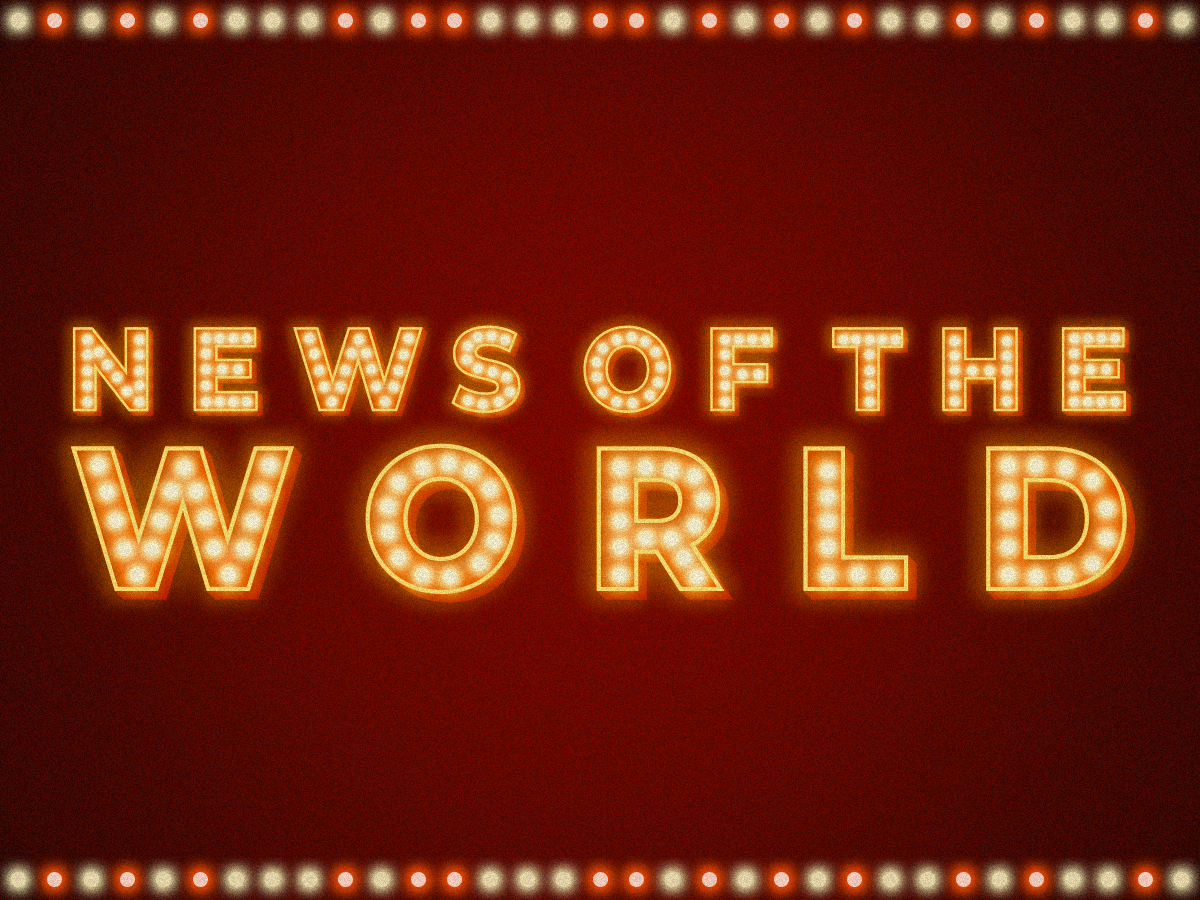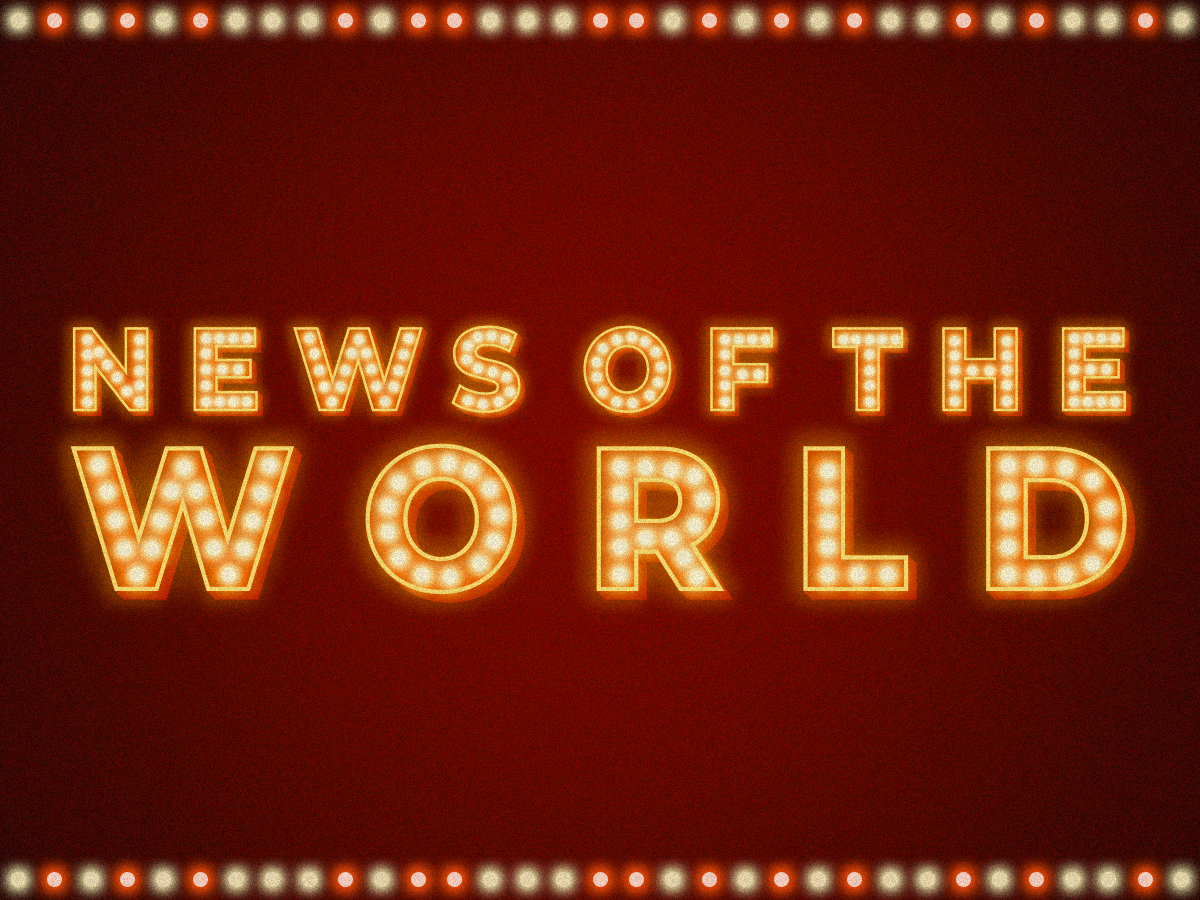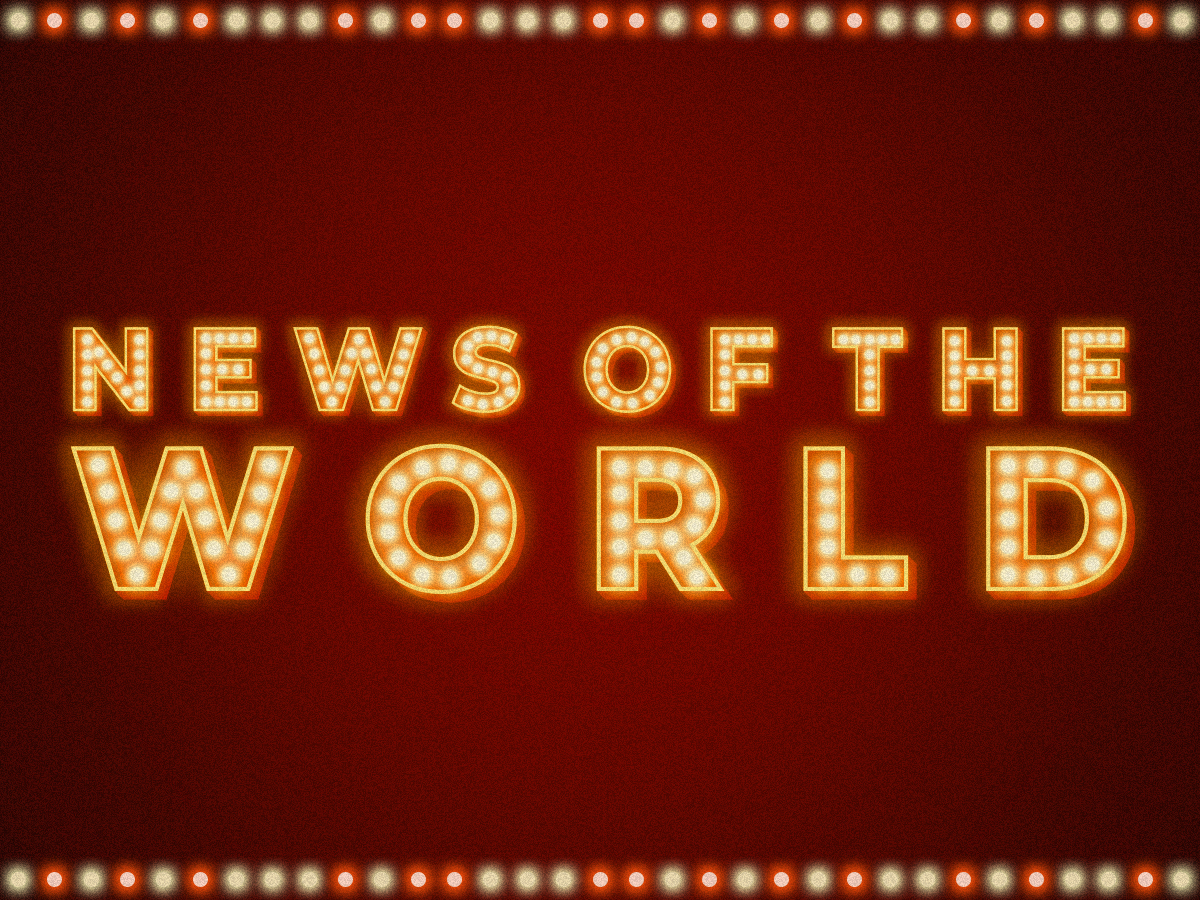
There has been a quiet but clear trend developing in the world of popular music in recent years: an interest in, and illumination of, the people who are there beside the performing artists who are the face of music. Take a look at the streaming services: Spotify includes a songwriters genre on its service. It is a genre previously unheard of, and not the singer-songwriter genre you have always known. It is this genre that was the starting point for Spotify’s songwriter-centric Written By series of playlists. While it also features stars like Sia and Pharrell Williams, there are far more songwriters there whose names would go unrecognized by the average person. But whether famous or not, you can follow any songwriter like a thread to discover new music. Apple Music has something called Behind the Songs: It includes playlists like Song Book, which is focused on songwriters, and Behind the Boards, which is centered around producers. The same goes for Tidal: In addition to their Written By and Produced By playlist series, they provide the most accurate music credits of any streaming service, making it possible to explore the music of a given composer, lyricist, performer, or even engineer.
There are many reasons these playlists are available. The media environment of yesterday was focused on a narrow set of channels, like TV and physical records, so it made sense to keep the focus on the stars. Stars were able to secure a monopoly with a steady stream of content like music videos, performance videos and interviews. But thanks to the emergence of so many different services like social media, YouTube and other over-the-top and streaming services, the general public is now able to see different aspects of the multifaceted music industry. Artists from all different fields are able to communicate with the public directly through social media and on YouTube, various over-the-top and streaming services provide platform-specific forms of content—like radio shows, podcasts, documentaries and more—and Netflix has its own version of the documentary Behind the Music called Song Exploder. In some ways, the problem of fairness—that these groups of people who are involved in the creative process should receive equal recognition—is actually bigger than ever. The list is unbelievably long, encompassing producers, songwriters, engineers, performers, backup singers and more.
Another title that keeps popping up lately is choreographer. The Choreographers Guild was recently formed in the United States and is slated to become an official artists’ union. It is not that no one ever questioned the way choreographers were treated or that similar attempts at organization were never made before, but this time the Choreographers Guild is gaining momentum and broad support by pooling the resources that went into past efforts. To explain how the Guild was established, we have to look, interestingly enough, to TikTok and Clubhouse, the most iconic social media services since 2020.
First, TikTok. The most popular videos on TikTok are dance challenge videos, which have already demonstrated their power to send many songs up the charts to become hits. In the fall of 2019, “Lottery (Renegade)” by K CAMP became the soundtrack to many TikTok videos, and the “Renegade” dance challenge was all the rage, with Charli D’Amelio at the center of it all. When it was revealed early the following year that it was actually Jalaiah Harmon, all the way back in 2018, who created the choreography used in the “Renegade” dance challenge, The New York Times and other major media outlets ran with the story. D’Amelio would later go on to give credit to the creators behind the choreographies featured in her TikTok videos, after which point dance credits (DC) became a part of TikTok culture.
Choreographers gathered on Clubhouse in 2021 to discuss the fact that their work is used, with no credit for them and at no cost to those who use it, in various TV shows, movies, musicals and more. They also discussed another state of affairs: that choreographers are not treated as members of the popular art world but as mere technology contract workers. It can be difficult at times to determine to what extent a dancer is relying on basic movements in their choreography versus how much they are adopting from others’ creations, but what is certain is that it is not a problem that can be resolved through good conscience alone. One look at the goals of the Choreographers Guild—economic stability, credit and recognition, stronger copyright rules, improved social awareness of choreography as a profession—and you can tell that they are asking questions beyond whether or not choreographers can become stars, too.
Unauthorized reproduction and distribution prohibited.


- [NoW] Drake’s strategy2021.09.17


- [NoW] The return of ABBA and after2021.11.12

- [NoW] Taylor Swift’s Ten-Minute Song2021.12.10


- [NoW] The Encanto phenomenon2022.02.25
